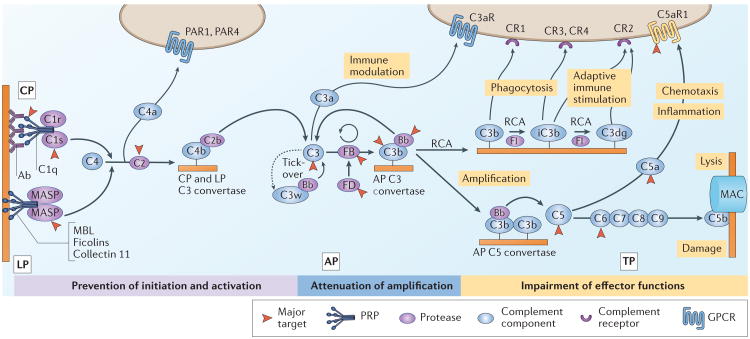Figure 3. Therapeutic intervention in the complement cascade.
The complement cascade is initiated via pattern recognition proteins (PRPs) of the classical pathway (CP) and lectin pathway (LP) or via tick-over of the alternative pathway (AP). Formation of C3 convertases by any route leads to cleavage of C3 and opsonization of the activating surface with C3b. The AP also drives amplification of the initial complement response as C3b interacts with factor B (FB) and factor D (FD) to form new convertases. Insufficiently restricted opsonization enables generation of AP C5 convertases that cleave C5 and initiate the terminal pathway (TP), which leads to formation of membrane attack complexes (MACs). Regulator of complement activation (RCA) family proteins attenuate convertase assembly and shape immune responses by acting as cofactors for the regulatory protease factor I (FI) that degrades C3b to iC3b and C3dg. C3b and its degradation products bind to complement receptors and stimulate phagocytosis and/or immune signalling. The release of anaphylatoxins (C3a and C5a) during complement activation mediates the attraction and priming of immune cells and helps to orchestrate downstream inflammatory responses. Therapeutic complement inhibition can be achieved by preventing initiation in a pathway-specific manner, by controlling the activation and amplification of the response at the level of C3 or at the level of the CP and LP C3 convertase or by modulating specific effector pathways or functions. Major targets for complement therapeutics include C3, C5 and C5a receptor 1 (C5aR1). Ab, antibody; Bb, cleavage product formed from the degradation of FB; C2b, cleavage product formed from the degradation of C2; C3aR, C3a receptor; C3w, hydrolysed C3 (C3[H2O]); C4a, cleavage product formed from the degradation of C4; C4b, cleavage product formed from the degradation of C4; CR1–4, complement receptor type 1–4; C5b, cleavage product formed from the degradation of C5; GPCR, G protein-coupled receptor; MASP, mannose-binding lectin-associated serine protease; MBL, mannose-binding lectin; PAR1, proteinase-activated receptor 1; PAR4, proteinase-activated receptor 4.

